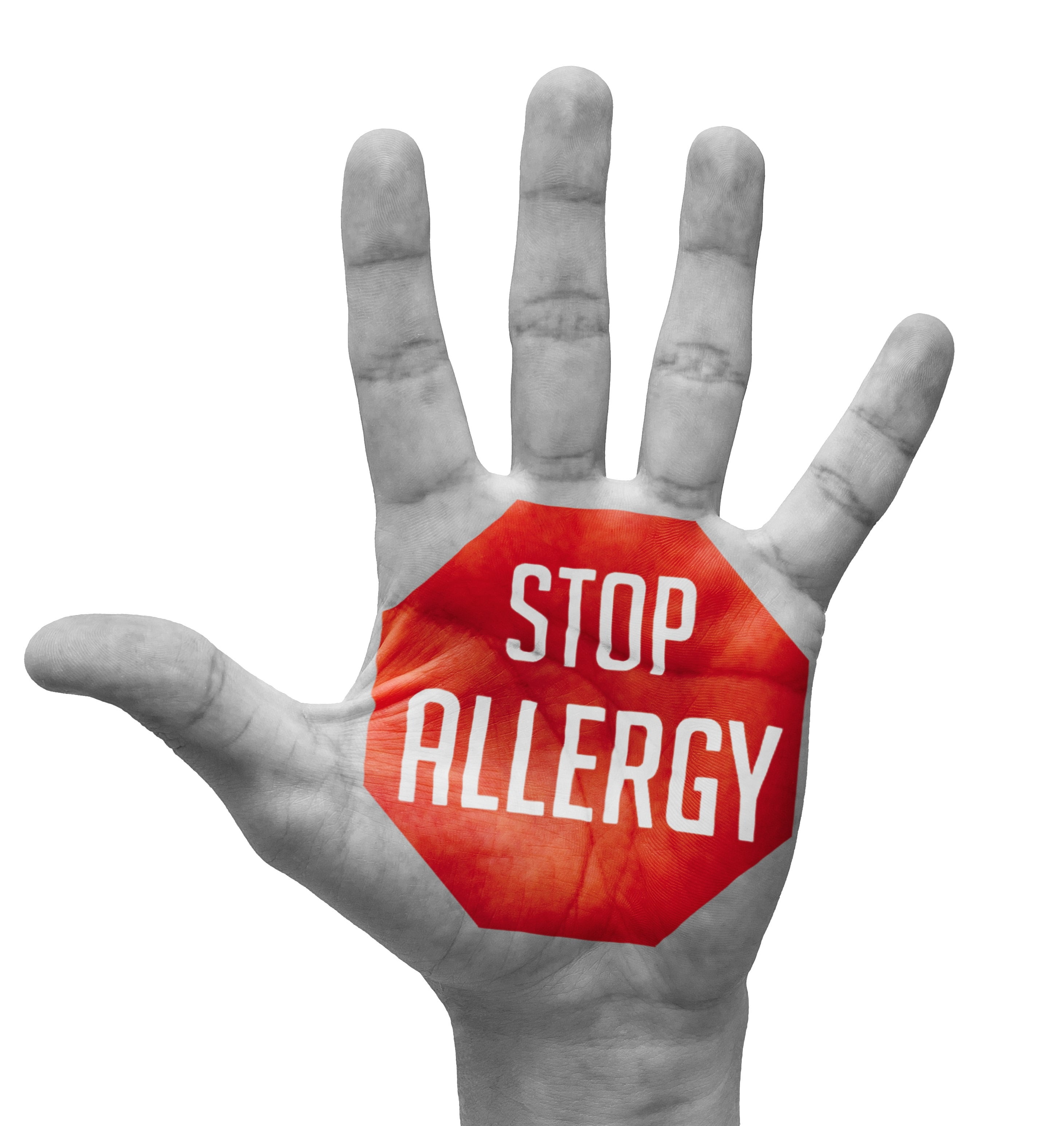In the lead up to World Allergy Week on April 7, allergy experts have provided an overview of the crisis in the care of allergic patients in Australia and outlined what is needed to address these significant issues.
- Australia has among the highest allergy rates in the world
- Life threatening food allergy rates have doubled in ten years
- Allergy deaths have increased by 42% over six years
- Australia has a shortage of allergy specialists and health professionals with allergy expertise, particularly in rural or remote areas
- Children are being sent home from health facilities inadequately treated after severe allergic reactions (anaphylaxis)
- In one state alone there have been close to 1000 cases of anaphylaxis since November 2018
“We are talking about young people dying and going into emergency departments, in most cases due to anaphylaxis that could have been avoided,” said leading children’s allergy specialist, Associate Professor Richard Loh.
“And the irony is that allergy specialists, GPs, families and consumers who live with allergy have developed a comprehensive solution. It just needs the political will and commitment from all parties, and at all levels of the health care system, to provide leadership to implement the strategy. We must also have adequate funding or else we will progress slowly or not at all and Australians will continue to be at risk.”
Maria Said, CEO of Allergy & Anaphylaxis Australia, and a parent of a young adult with severe allergies who has been advocating for people with allergic disease for more than 25 years said “the National Allergy Strategy was developed using the best available evidence and aligned with the experience of consumers.
“Families living with a child or young adult with food allergy, live life being fearful. They don’t trust food labels and they don’t trust the health care system to do the right thing, and that’s just food allergy. There are many thousands of people who are unsure whether they have a drug allergy, who can either be wrongly denied medication or be given it unknowingly.”
Professor Loh says the increased allergy rates amongst children and adults have put an enormous burden on the health care system while many doctors have not had enough support or allergy training.
“This means that allergy specialists like me see young people who should be managed by their GP, and could be, if GPs felt more confident. Others who should see an allergy specialist for severe allergies are left to manage themselves leaving them at even greater risk. Many people in rural and regional areas are travelling unacceptable, costly distances for health care at huge costs to both the family and the health system.”
To address these issues, National Allergy Strategy has submitted an election platform to all major political parties asking for 20 million dollars in funding over five years to allow implementation of the following projects:
- A Shared Care Model (“whole of health’ approach) for allergic diseases to improve timely access to quality care for all Australians living with chronic allergic conditions – ensuring the patient gets the right care, by the right health professional, at the right time in the right place.
- A comprehensive approach to drug allergy management so that patients are not incorrectly diagnosed as having a drug allergy and that patients with severe drug allergies are not incorrectly given the drug that they are allergic to.
- A comprehensive, consistent approach to food allergy management in all food service (e.g. restaurants, schools, education and care services, hospitals, aged care facilities, airlines etc), expanding on the initial work that has been undertaken.
- Working with teens and young adults (at highest risk of fatal anaphylaxis) to help them to manage their severe allergies, particularly food allergies.
- Expansion of allergy prevention strategies to help avoid the development of allergic diseases including food allergy and some forms of asthma.
- Implementation of an anaphylaxis register/reporting system that meets the needs of all Australian states and territories to allow collection of nationally representative de-identified data to better understand the gaps in knowledge regarding anaphylaxis, and to allow for rapid removal of incorrectly labelled foods from the marketplace and allows prompt investigation of food service facilities when an individual disclosed their allergy before ordering food – this only exists in Victoria.
- Access to new allergy treatments that will be available in the next few years – we need time and resources to ensure that we can deliver these treatments.
- Expansion of existing education and support resources for health professionals and the community.
The National Allergy Strategy’s election platform available here: https://www.nationalallergystrategy.org.au/news/nas-election-platform








